
BEYOND STUFF-LOVE (Part 1): Buying Green
Green consumerism and eco-consumerism — a.k.a. “conscious” consumerism or “sustainable” consumerism – continues to gain ground, it says here.
It may even be going mainstream as more and more shoppers get into trying to save the planet or save their own souls by making every purchase a “moral act” and by buying “right.”
I stumbled across an interesting online e-report/newsletter that is put out quarterly by TrendWatching, an international group of business consultants who have been studying and reporting on business-to-consumer marketing trends since 2002.
TrendWatching is huge. They have offices in London, Amsterdam, New York, São Paulo, Singapore and Lagos and they work with big-name corporations and smaller businesses as a go-to oracle that answers the burning question: “What will my customers want next?”
To gather all the data they stew over and ponder, the company relies on a global network of more than a thousand professional trend-spotters in over 50 countries worldwide who pay attention to what is happening in their neck of the woods.
From the amassed wealth of information, their guys try to see the way the world is moving along and then put out a newsletter you can peruse online. You may want to check out their report:
If you grab the 2020 report (by clicking on the button above) you’ll notice that the prognosticators are calling the latest iteration of conscious consumerism “Green Pressure.”
The trend-mavens say, “In 2020, consumers move from eco-status to eco-shame.”
They predict that as businesses continue to develop and market products and services that target conscious consumers who aspire to be high Green, these products and services will become downright ubiquitous and more available (at cheaper prices) than previously.
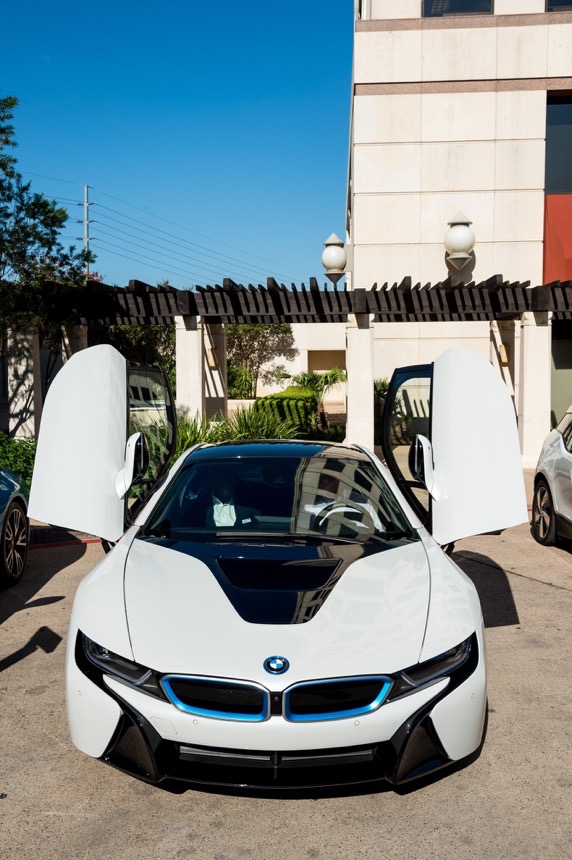
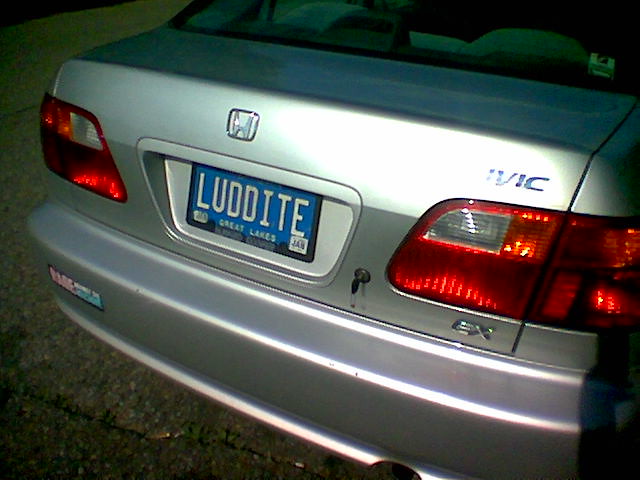
It’s not as if Buying Green is a new “Thing”. Its roots date back to the push-back that happens every time new technologies and new systems make old ways of doing things obsolete and puts large numbers of people out of work.
These days we call technologically challenged folks and those who are leery and critical of our lemming-march into the ethers of high tech-y Virtual Reality World “Luddites”. They’re not keeping in step, these ones.
It is worth noting that the real 19th-century Luddites were a secret oath-based protest group of 450 or so skilled English textile workers from Nottinghamshire, Yorkshire, and Lancashire.
They went around destroying textile machinery as a form of protest against the new technology that took away their livelihoods and made their skills worthless. They had major issues with those machines.

MY JAM IS GREENER THAN YOUR JAM
“Conscious” shoppers are often very earnest about trying to figure out how they are going to respond to the understanding that every action we humans make will inevitably produce some sort of world-affecting ripples.
I suppose it is a good trend since it does mean that more people are becoming aware of the interdependence and interconnectedness of this world of ours.
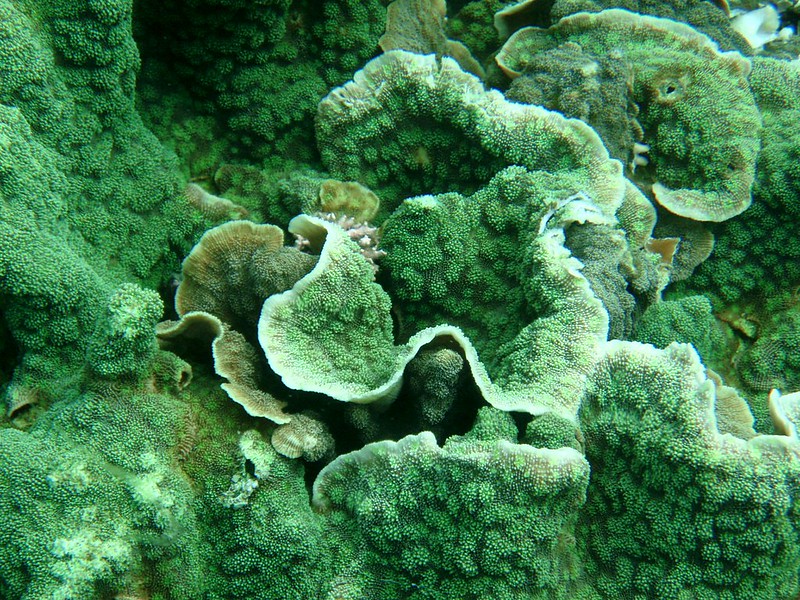
Actually, it tends to make me tired. It does remind me of the potlucks we have every once in a while where there’s the one new convert to some diet or system or other that’s food-connected.
(In my crowd that miscreant is usually female for some reason. Most of the guys tend to be just ready to eat. Frankly, I believe some of them are deep stomachs with feet.)
The food-convert bellies up to the buffet table and inches on through the chow line asking what went into every single dish she is considering for her meal. If her system is particularly stringent, she ends up with very little to eat.

I do know it all tastes good and because I am a dedicated foodie and the Light-of-My-Life is an adventurous gardener, I do try to use the best, freshest ingredients I can get to feed my heart-people.
When somebody asks me what I put in the salad my brain sometimes goes blank. If I actually do start listing stuff, the ingredient-list might get a bit long and sometimes quite esoteric.
I might have to explain that the fresh tangy jamaica bits in the salad are really diced red hibiscus fruit – the kind that gets dried for use in herbal teas, or that funny-looking slice there is a little bit of yellow pitaya, which is another name for a really tasty dragon-fruit, or that those cute fresh purplish flowers are actually from the Thai basil bush in the yard.
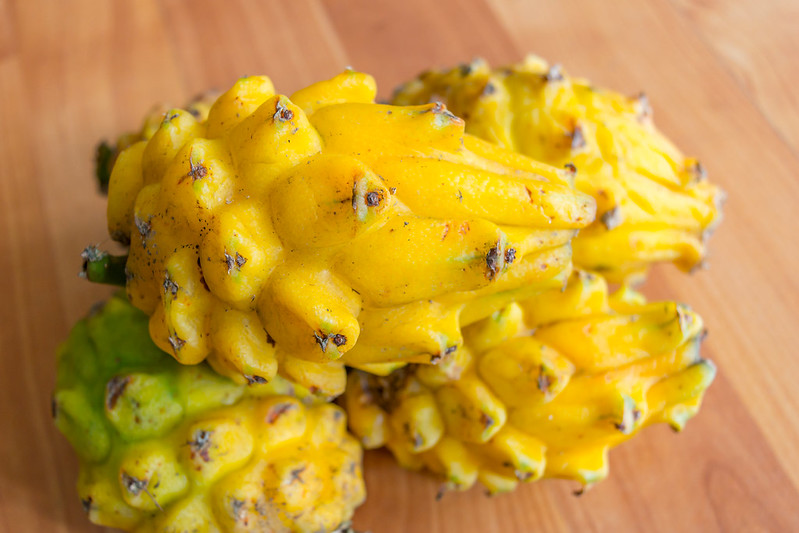
I keep wondering how a wanna-be Green consumer actually makes it through a typical neighborhood grocery store with its bazillion choices of products. How do they make it out of a mall?
You develop a system for making your ideologically correct choices, I suppose.
The whole thing reminds me of the time my friend Mikhael was talking to another friend about the days of their hippie youth. They were having a grand old raucous time. A fashionably dressed, wonderfully put-together mature woman who had been listening on the sidelines put in, “I used to be a hippie when I was younger.”
Mikhael, who could be a snarky old troll, drew himself up and growled, “Then you never were a hippie.”
His point was that real hippies never stopped. It isn’t a fashion statement; it is a life-choice. It does seem to me the same holds true if you’re going to be a “conscious” consumer.
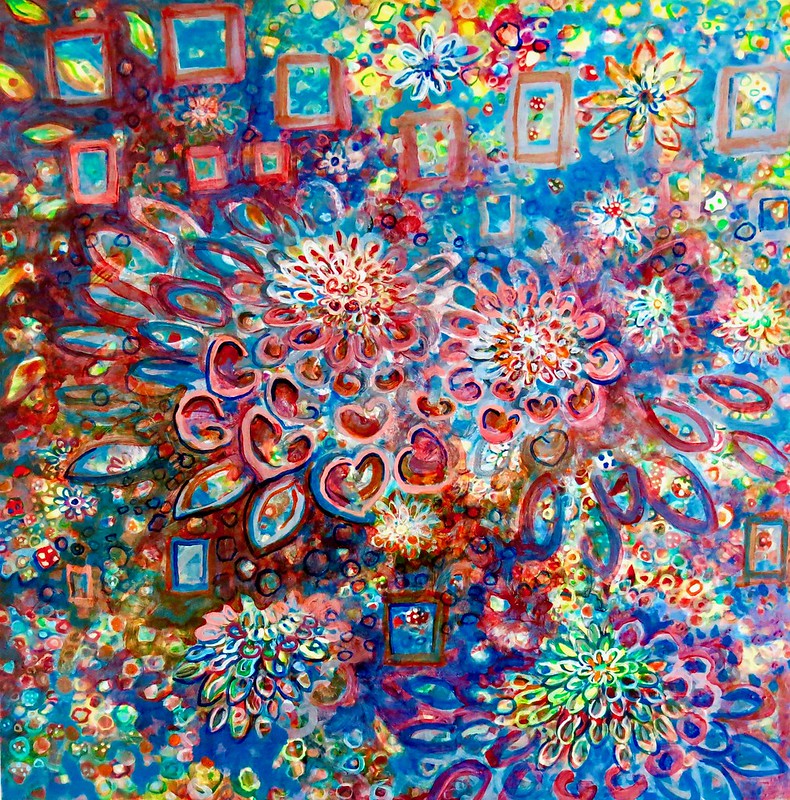
COMES NOW A BOOK
I happened on a book by a guy who takes his explorations of interesting questions to extremes.
THE WAY HOME: Tales From a Life Without Technology is the story of what happened when the Irish Greenie activist, former business man, and author Mark Boyle decided he was going to live a life that would leave a really small carbon footprint.
That meant, among other things, giving up anything that was fueled by petroleum products (like cars and electrically powered things) and giving up having running water as well (mostly because he says he would have needed an electrical pump to draw the water up from his water source.)
He also had to give up being a full-on vegan since that lifestyle was undoable on the small Irish homestead where he built his own cabin among old-timers who still live mostly old-style,
The result seems to have been personally satisfying for the guy. He got to explore his ideas for living off the grid and had a grand time trying out old-time solutions to age-old problems like getting rid of waste properly, learning how to live with the seasons, figuring out how to be a forager and hunter/gatherer, the realities of being disconnected from the rest of the wide, wide world and being connected with a strong community of locals who live simpler and not-so-techy lives and so on.
He spent a lot of time pondering deep thoughts about man’s place in nature and learning how radically the electronic world has affected our ways of communicating and interacting with one another and with just daily living.
The pace is different away from tech-space. The closer you get to “nature,” the more you have to slow down.

The book’s probably a great eye-opener for the ones who have fantasies about heading off into the woods and living the Simple Life surrounded by the works of your own self-sufficient hands and doing the freedom dance because you won’t have to show up at the dull job any more.
Sometimes dumping our modern-day conveniences makes life very inconvenient. Sometimes it gets downright uncomfortable. Boyle does point that out.
But, whatever…the guy has my admiration. He walks his talk.
THE MONEYLESS MAN
The thing that Mark Boyle is famous for, as he’ll probably be the first to tell you, is that he is the one they call “The Moneyless Man.”
In November, 2008, he decided to live for a year without spending money. He did it…and then kept on doing it for a number of years until money found him. (He used the money he made to start a thing he calls the “Freeconomy” and to buy the homestead he on which he hand-built his cabin.)
The following video, “Mark Boyle, The Moneyless Man,” is a 2012 interview by vlogger and educator Silver Donald Cameron who puts up at least one interview a month that features people think interesting thoughts and who are making a difference in the world.
Cameron’s vlog, The Green Interview, is always an interesting listen.
Cameron also developed a course called, “Political Science 3720, Green Rights: The Human Right to a Healthy World” with Cape Breton University. His co-teacher in the course, Dr. Stepan Wood, is with the Allard School of Law at the University of British Columbia.
THE FREECONOMY…WHERE IS IT?
I was fascinated by Boyle’s description of the “Freeconomy” idea he started doing after his book, THE MONEYLESS MAN: A Year of Freeconomy Living, became a best seller.
The Wikipedia entry for Boyle says that he is “best known for founding the online Freeconomy Community….” I wasn’t successful at finding out much about how (and whether) the community actually developed and evolved into a proper, working system.
When I was growing up in one of the pineapple plantation camps on Molokai, a sort of nebulous freeconomy ruled. The thing was, nobody had much money but everybody had some sort of skill or other (or even just a strong back and a hard-working ethic) that came in handy when you needed it.
Rather than doing work-money exchanges, the people just did for each other with the expectation that when they needed help, the help would be available to them.
It was a sort of closed system. The camps were villages of pineapple field workers. Many of the people were family and related or else long-time friends and neighbors. Generations lived together in one place and the ties were long and could be very binding.
Outsiders had a hard time getting into the circle, though.
The freeconomy in play in the plantation camps was based on knowing each other, knowing what could be expected from the other person.
Nobody really could game the system. If you became seen as a person who took advantage of other people’s good nature, people didn’t forget that, and you might not get the kind of help you needed when you needed it.
The system was self-regulating and self-correcting.
I wondered whether somebody was able to figure out how to include strangers in the mix.
TO BE CONTINUED….
Ya know, I really enjoyed putting this post together. The thing started as a piece about why humans love their stuff. It grew and grew and grew.
When I started trying to whack back all the information overgrowth and trim it down to a workable size that still made any kind of sense, I knew: Stuff-love comes in so many flavors that it’s going to take serial posting to get even a taste of its many possibilities.
“Stuff-Love” may be the Baskin-Robbins of the Material World. I’m just going to have to keep going down the line and testing out flavors, I suppose.
Hooray! I’ve never done THAT before in blogger world! I did it all the time when I was a newspaper columnist. (We’ll see where it takes us.)
Here’s a poem:
WISHES ARE NOT FISHES
Wishes are not fishes
When all is said and done.
You can have the all you want, they say,
But you’ve got to make the run.
The things you say you need
Are not all that they seem
When you’re caught inside the movie
That started as a dream.
The hidden costs you’ll pay are high,
Rewards may come…or not,
And when the dust has settled,
You’ll likely start another plot.
‘Cause wishes are NOT fishes,
They’re just worms on a hook,
And you’re the fish they’re angling for,
So, slow down…take another look.
By Netta Kanoho
Header photo credit: “Green packaging” by Kevin Dooley via Flickr [CC BY 2.0]
…….
SOME OTHER POSTS TO EXPLORE:
(Click on each of the post titles below and see where it takes you…)
……
Thanks for your visit. I’d appreciate it if you would drop a note or comment below and tell me your thoughts.
12 thoughts on “BEYOND STUFF-LOVE (Part 1): Buying Green”
Wow, interesting read and certainly very thought provoking for any entrepreneurs or established businesses. (I particularly like the M and M meme take on green food. Wonderful!)
I must say that I think there is another aspect to this and that is the cynical commercial aspect which the M and M photo actually, consciously or unconsciously, demonstrates in spades!
What is green and what is not green? What I mean by this is what are the trusted green brands and what are those brands who are jumping on the commercial band wagon with a superficial set of green credentials?
I think this is where the war will be won or lost in the coming years of this new decade because there is a generation On the cusp of taking control of the world’s destiny (the Thunberg generation) that are showing that they will not tolerate cynical commercialism.
I would be really interested to hear what your other readers think of my views.
Thanks for this I found it fascinating and informative.
Hamish
Hamish, thanks for the visit and for sharing your thoughts. You are right, I think. Sometimes green is just the color of the packaging.
I’d be interested on other people’s take on this as well.
Please do come again.
Awesome article! I have to say, it wasn’t anything that I thought it was going to be. My first impression was that you were going to try to reinforce being more “green” but you seem to see it very closely to the same way I do.
I also like the ending about the moneyless man. I personally could never live that way but I’ve thought about it.
I would love to live in the bush in a little cabin that I built, keeping warm with the firewood that I chopped up. That’s not a reality though, I love technology way too much (lol)
The poem at the very end is great too.
Keep up the good work and I wish you all the best!
Melissa
Melissa, thanks for the visit and for sharing your thoughts. I do appreciate it.
Please do come again.
Wahoo, Mark Boyle nailed it all! There is a need to connect with what we see and not keep looking for what is out of sight. Happiness will come from taking money has a servant and not a master.
I like his caravan living from the interview, running a circle of life that is not built on spending money but giving what you don’t need to get what you need. This I believe is the green lifestyle
Parameter, thanks for your visit and for sharing your thoughts. I am pleased you found the post of value.
Please do come again.
Love the Hippie quote. I think they were/are the best mentality for coexisting with our lovely planet. I’ve always been a hippie and it’s only getting stronger.
Buying green will definitely be the thing this year and hopefully a lot of people will re-evaluate what and how they consume and fit in the bigger picture called industrial capitalism. I find you writing really well-spoken and interesting!
Keep up the amazing work and I hope a lot of people will your work!
Katya
Kat, thanks for your visit and for sharing your thoughts.
Mikael’s comment highlights the difference between following some fad or other and developing a truly meaningful-to-you lifestyle. The Green thing is certainly a lifestyle choice that would be a heck of a lot better for our poor planet, I think.
But, I suppose that making little steps in the right direction still gets us moving the right way. Who knows? Maybe the faddists will find that they like being Green.
Please do come again.
Oh I love this post! You are going to turn a lot of heads when people start to read this. It is very controversial and I really want to see what everyone has to say!
I love your quote where you said people develop a system to make their ideologically correct choices. Sometimes, people will even twist that system so that it works for their ideology, without realizing that it may be their ideology that is wrong.
Jessie, thanks for the visit and for sharing your thoughts. I am glad the post resonated with you.
It is a truth that if the premise is wrong, what follows cannot be right. Mostly folks don’t delve deeply enough into their premises, I think. It can get mind-wrenching, that.
Please do come again.
In my experience, it is observable that many people are already being more conscious about what they buy. Most do it due to the trend and the increasing need for users to be more wary about what we consume and how they are produced.
It is undeniable that most younger generations would follow the trend. Such trends include Green consumerism and eco-consumerism. Instead of plastic straws, they use metal and washable straws to prevent said plastic straws from being thrown everywhere, like in the ocean, where turtles reportedly die.
However, it has been quite disappointing that instead of encouraging people to more practical and environmentally friendly alternatives, people that hop on in the trend tend to pressure others or shame them for not being aware of what they consume or buy.
Why not, instead of shaming them, properly educate and spread awareness rather, of where they might find helpful and perhaps less expensive products. Presentation and delivery matter, people.
If you want people to get into saving the earth, you should first mind how you think and approach your audience – are they stewards of the planet, or are you painting them as its destroyers?
Mindset matters. Don’t just hop into a trend because of the bandwagon effect.
I do so agree with you, Johnny, on many different levels. Shaming people — acting as if they’re chunks of vileness — is a particularly ineffective way to gain support for any good idea. All you do is spread contention and ill feelings and hurtfulness.
What’s the point of that? I’ve often wondered.
Please do come again.